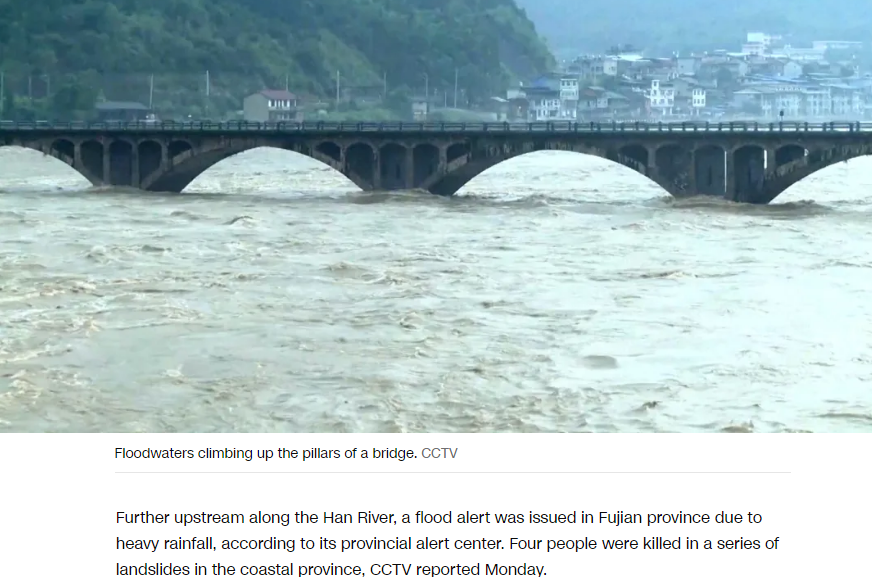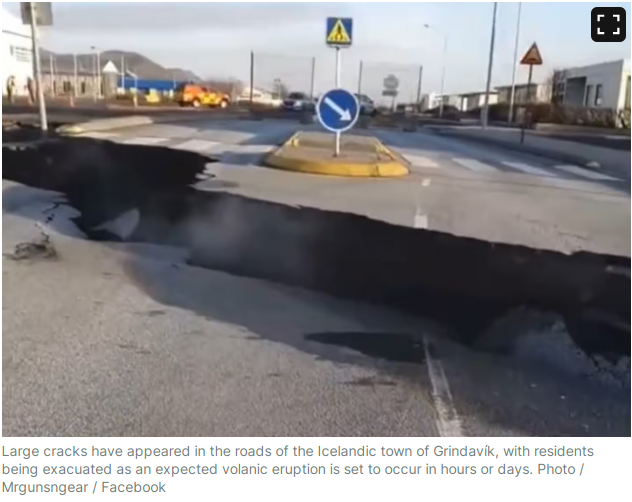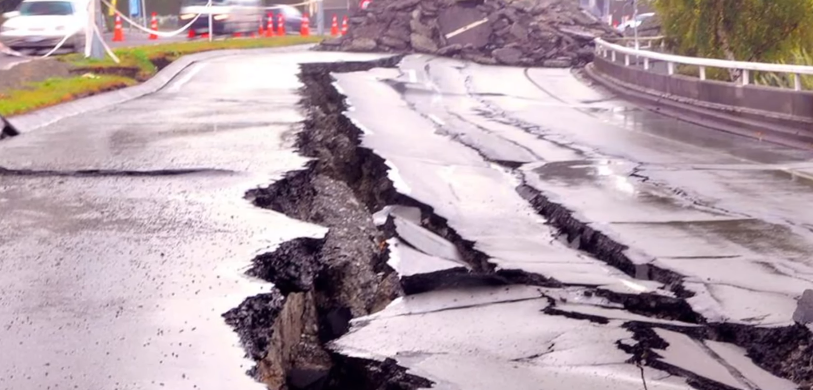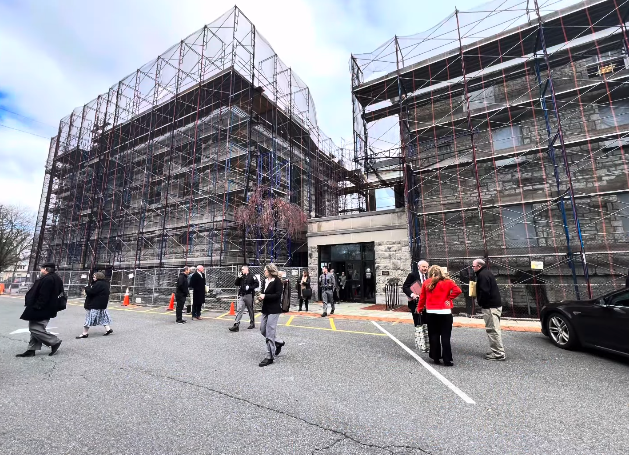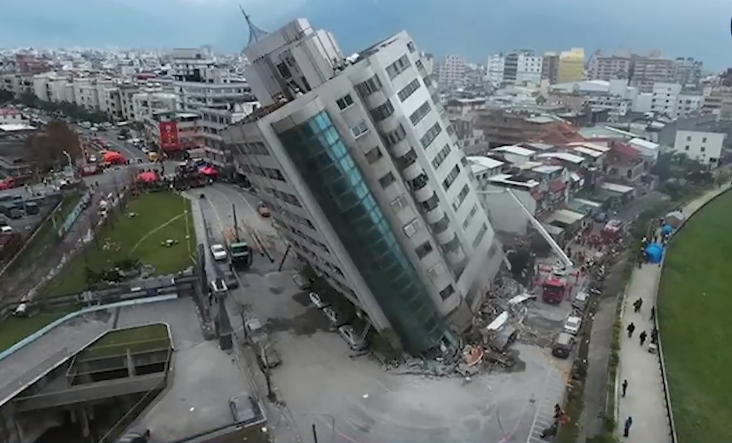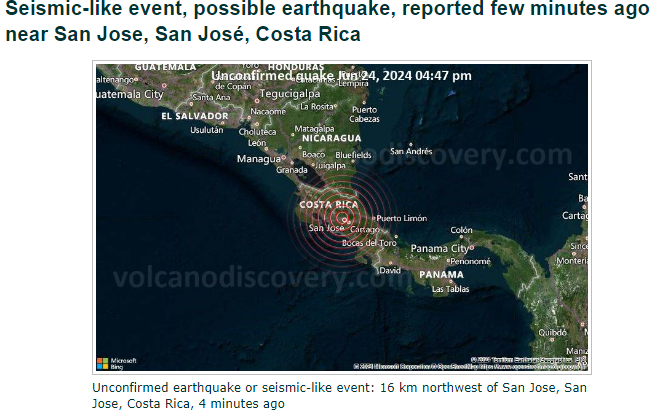Table of Contents
- Introduction
- Details of the Recent Earthquake
- Historical Context and Aftershocks
- Impact and Public Response
- Seismic Activity in Melbourne
- Conclusion
Introduction
On August 6, 2024, Melbourne experienced a significant seismic event when a 4.1-magnitude earthquake struck the region. This article aims to provide a comprehensive overview of the recent earthquake, its historical context, and the broader seismic activity in Melbourne.
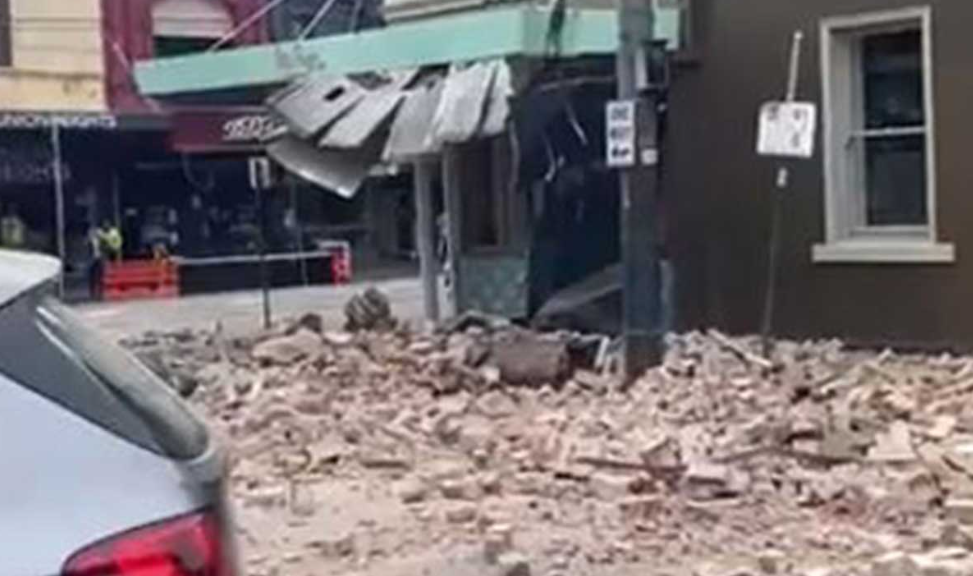
Details of the Recent Earthquake
The 4.1-magnitude earthquake occurred at Woods Point, north-east of Melbourne, at approximately 4am. Seismologists from Geoscience Australia have identified this quake as an aftershock of a larger 5.9-magnitude earthquake that hit the same area in September 2021.
Key Facts:
- Magnitude: 4.1
- Location: Woods Point, near Jamieson
- Time: Shortly before 4am
- Depth: 8 kilometers
- Impact: Felt by over 2,000 people, including those in Ballarat and Albury-Wodonga.
Historical Context and Aftershocks
The recent earthquake is part of a series of aftershocks following the significant 5.9-magnitude earthquake in September 2021. This major quake caused building damage as far away as Melbourne but resulted in no serious injuries.
Historical Earthquakes:
- September 21, 2021: A 5.9-magnitude earthquake hit near Mansfield, causing structural damage and no serious injuries.
- June 2023: A 4.7-magnitude tremor in the alpine region of Victoria.
Aftershock Sequence:
Aftershock sequences can last for a long time, with the frequency and magnitude of aftershocks gradually decreasing over time. However, significant aftershocks can still occur, as evidenced by the recent 4.1-magnitude quake.
Impact and Public Response
Despite the significant magnitude, the recent earthquake resulted in little to no reported damage. VicEmergency issued a minor damage warning, and the Bureau of Meteorology confirmed no tsunami threat to Australia.
Public Accounts:
- Sarah from Moonee Ponds: Described a “general rumble” and realized her apartment was shaking.
- Tracey from East Gippsland: Reported a moment of shock that roused her pets.
- Indi Wheeler from Mansfield: Felt her bed frame shake and described it as a strange feeling.
Seismic Activity in Melbourne
Melbourne experiences relatively few earthquakes compared to other regions. However, the area has seen an increase in seismic activity since the major earthquake in September 2021.
Recent Earthquakes:
- May 9, 2024: A 2.0-magnitude earthquake hit near Mornington.
- May 28, 2023: A 4.0-magnitude earthquake occurred near Craigieburn.
Average Seismic Activity:
Melbourne averages about 6.2 earthquakes per year, with larger earthquakes (magnitude 4 or higher) occurring approximately every 5 to 10 years.
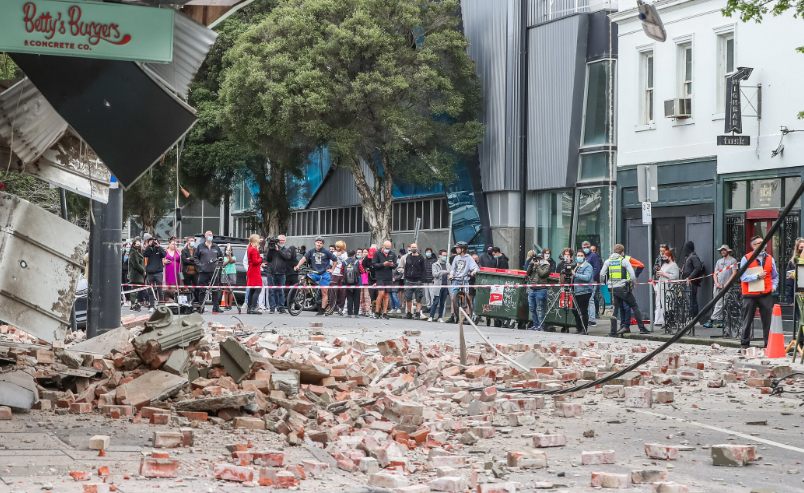
Conclusion
The recent 4.1-magnitude earthquake in Melbourne is part of an ongoing aftershock sequence from the 2021 earthquake. While it caused no significant damage, it highlights the continued seismic activity in the region. Understanding these events is crucial for public awareness and preparedness.
Summary Table
| Date | Magnitude | Location | Depth | Impact |
|---|---|---|---|---|
| Aug 6, 2024 | 4.1 | Woods Point, near Jamieson | 8 km | Felt by over 2,000 people |
| Sep 21, 2021 | 5.9 | Near Mansfield | 12 km | Building damage in Melbourne |
| Jun 2023 | 4.7 | Alpine region of Victoria | Weakly felt across Melbourne | |
| May 9, 2024 | 2.0 | Near Mornington | 2.9 km | Felt by many near the epicenter |
| May 28, 2023 | 4.0 | Near Craigieburn | 2 km | Felt widely in the area |
By staying informed about seismic activity, residents can better prepare for future events and ensure their safety.



